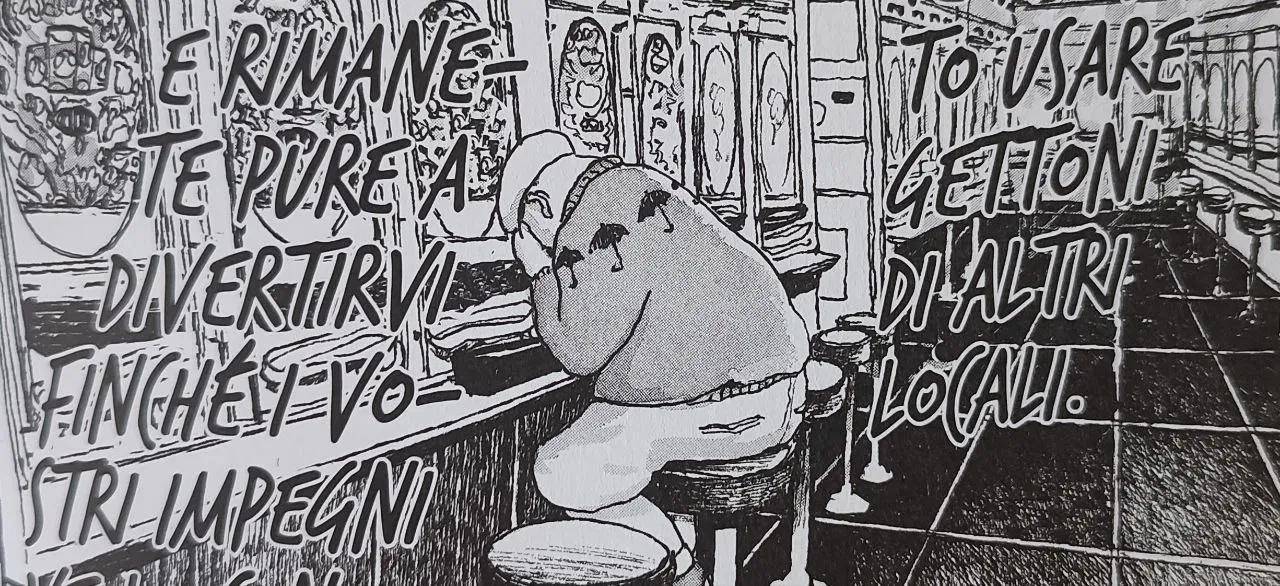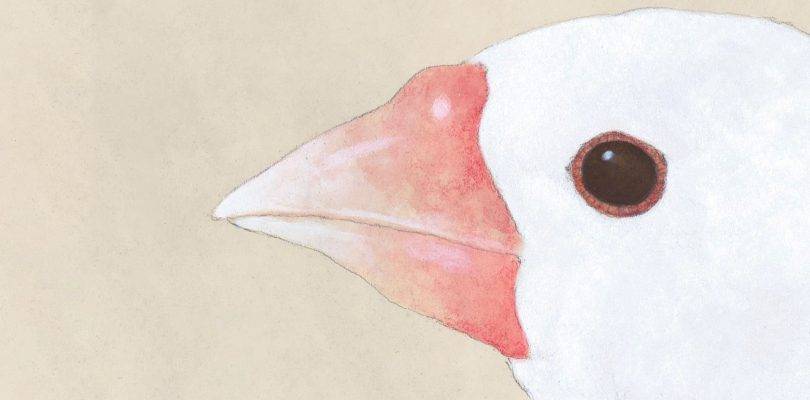Some stories sweep you away with action; others invite you to sit quietly and reflect. Tokyo Higoro, available on ComicK, belongs firmly in the second category. It’s a meditation on purpose, creativity, and the delicate balance between passion and burnout. Through Shiozawa’s eyes a manga editor stepping away from the life he’s known for decades we’re drawn into a Tokyo both intimate and vast, sketched with a realism that makes every scene feel lived-in.
Rather than rushing from plot point to plot point, the narrative lingers in quiet pauses and everyday moments. This unhurried pacing mirrors the protagonist’s own journey, allowing the reader to breathe, observe, and absorb the subtleties of a life in transition.
A Protagonist Defined by Stillness and Reflection
Shiozawa isn’t a typical manga protagonist. He’s quiet, observant, and often more reactive than proactive. But within that stillness lies a deep well of thought and memory. After thirty years in the manga publishing industry, he’s reached a point where his latest magazine has folded, and he can’t help but feel the weight of responsibility.
What makes him compelling is his awareness. He counts the 230 days he’s spent on the same train route, the decades shaped entirely by deadlines, manuscripts, and artists’ egos. The awareness is tinged with both pride and exhaustion a mix anyone who’s been devoted to their work for too long will recognize.
As the story unfolds, we see Shiozawa navigating his relationships with old colleagues and new ones alike. Each encounter acts like a mirror, reflecting not only how he has influenced others, but also how they’ve shaped him.

The Cinematic Craft of Storytelling
Calling Tokyo Higoro “cinematic” isn’t an exaggeration. Matsumoto frames scenes as if he’s positioning a camera: long, lingering shots of Tokyo’s skyline; close-ups that hold on a character’s expression for just a beat longer than expected; sequences that allow silence to speak louder than dialogue.
These artistic choices let moments breathe. A conversation over tea becomes just as important as a career-defining decision. The rhythm of the story mimics real life measured, deliberate, punctuated by both the mundane and the meaningful.
Even the chapter titles, styled like journal entries, add to this effect. They give the impression of flipping through someone’s personal diary, catching glimpses of their private turning points rather than reading a linear plot.
A Web of Characters Bound by Art
While Shiozawa is the emotional anchor, Tokyo Higoro thrives on its ensemble cast. There’s Chosaku, the overindulgent artist whose health and work have both begun to suffer; Liliko, a younger editor grappling with her own frustrations; and Aoki, a talented but difficult creator who resists collaboration.
These characters aren’t just supporting roles they’re living, breathing parts of Shiozawa’s world. Each of them carries their own burdens and disillusionments, but also a shared history of devotion to manga. The story uses their interactions to explore themes of mentorship, creative burnout, and the stubborn hope that artistry can still shine again.
Their conversations are layered, often unspoken as much as spoken. A lingering glance, a half-finished sentence, or even silence says as much as the words on the page.
Tokyo as a Character in Its Own Right
The city of Tokyo in Tokyo Higoro isn’t just a backdrop it’s a presence. Matsumoto’s illustrations capture it with an authenticity that makes the reader feel like they’re walking alongside Shiozawa through crowded stations, narrow alleys, and quiet neighborhoods.
Wide, atmospheric panels give us a sense of the city’s scale, making Shiozawa appear small against towering buildings and sprawling skylines. At the same time, intimate street scenes and everyday details ground the narrative, showing how Tokyo’s rhythm mirrors Shiozawa’s own sense of time passing.
It’s a Tokyo that feels lived in neither idealized nor gritty, but textured with the weight of real experiences.

The Art Style Imperfect Yet Intentional
Matsumoto’s art is not “clean” in the conventional sense, but that’s part of its magic. Every line feels deliberate, every imperfection charged with purpose. The textures evoke a hand-drawn intimacy that perfectly matches the story’s themes.
Facial expressions are rendered with subtlety, allowing emotions to simmer beneath the surface. Even the smallest background elements a bookshelf, a cup of coffee, the curve of a train seat carry a sense of place and memory.
This attention to detail is what makes Tokyo Higoro such a visually rich reading experience. You’re not just following a story you’re inhabiting a world.
Conclusion A Meditation on Purpose and Creativity
Tokyo Higoro is more than a manga it’s a meditation on what it means to dedicate your life to something, and what happens when you reach the point where passion begins to wane. For ComicK readers, it’s a rare kind of story: quiet yet profound, rooted in the everyday, yet brimming with emotional truth.
By the final page, you may not have witnessed any earth-shattering events, but you’ll feel as though you’ve lived alongside Shiozawa sharing his silences, his doubts, and his small moments of clarity. And perhaps you’ll close the book asking yourself the same questions he does: What am I working toward? And why?
